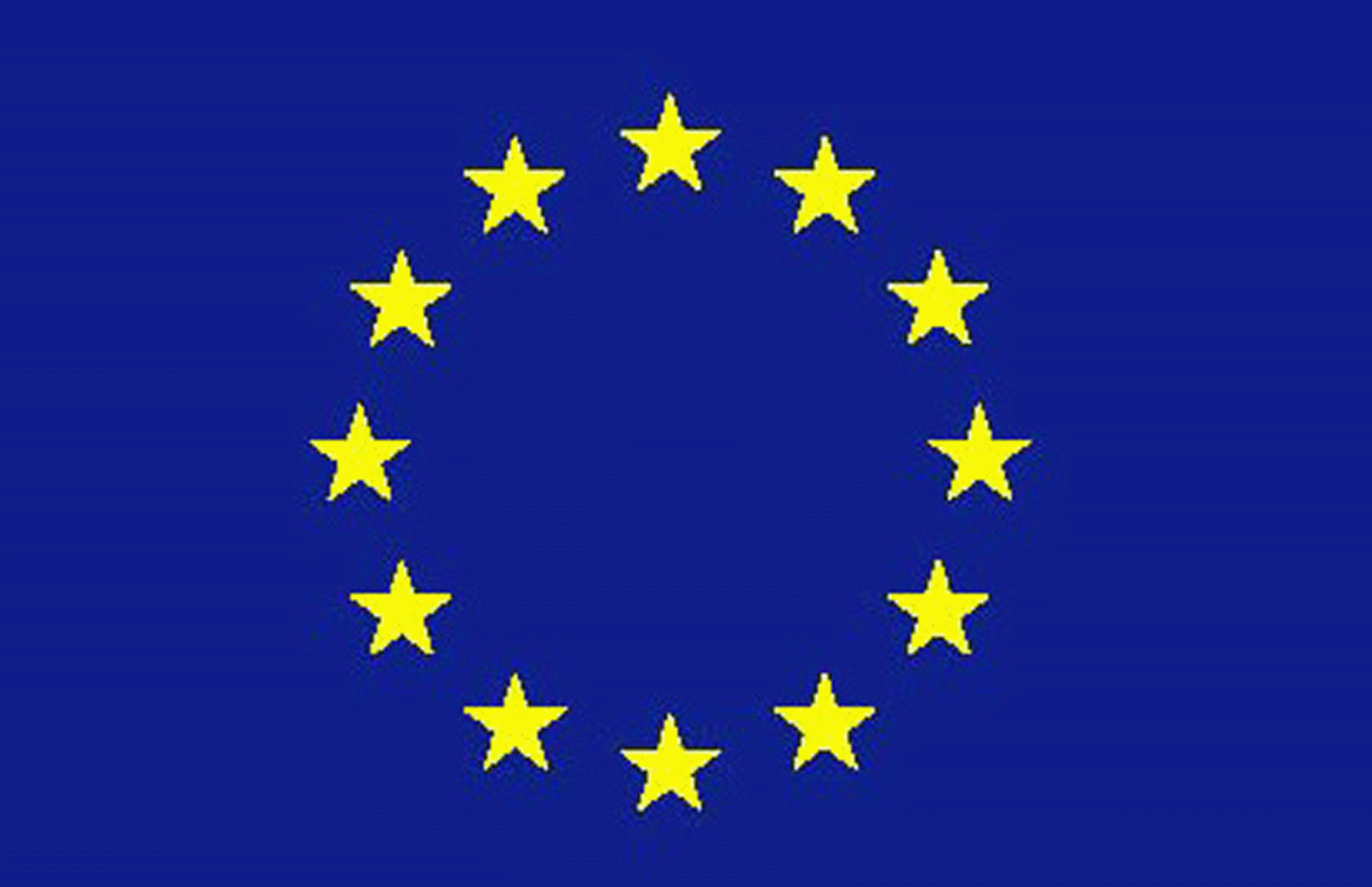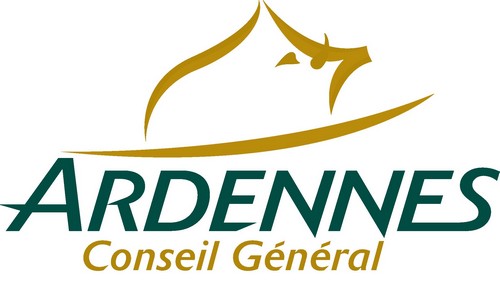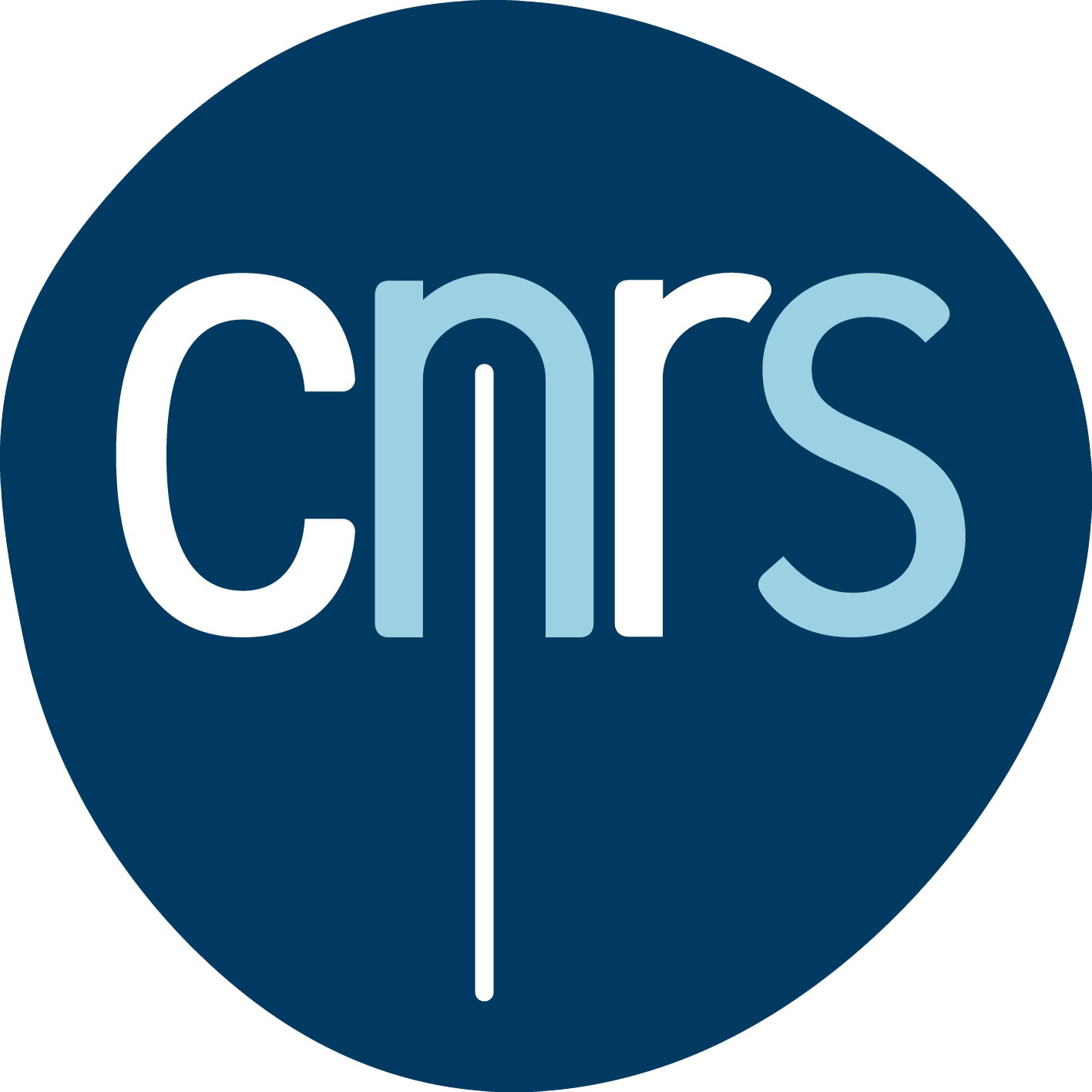Download the pdf version (7.9 MB)
Double Chooz sensitivity and backgrounds studies to search for θ13 leptonic mixing angle
The Double Chooz experiment will study the oscillations of electron antineutrinos produced by the Chooz nuclear power station to measure θ13 mixing angle. The current knowledge on this parameter, provided by the CHOOZ experiment, can be improved by reducing statistical and systematical errors. A large data sample will be collected to improve the former one. Two identical detectors will be built to cancel most of experimental systematic uncertainties involved in production and detection processes. Special care will be dedicated to backgrounds generated by natural radioactivity and cosmic ray interactions.
In the hereby thesis, we describe our simulation studies to compute θ13 sensitivity and assess the discovery potential of the experiment. We concentrated particularly on quantifying the detector related systematic errors that would limit the θ13 sensitivity. Background related systematic errors such as the accidental events produced by PMT radioactivity, correlated events from neutrons as well as a hypothetical background (mimicking the oscillation pattern) were taken into account.
After three years, Double Chooz will be able to disentangle an oscillation signal for sin2(2θ13)>0.05 (at 3 σ) or, if no oscillations were observed, to put a limit of sin2(2θ13)<0.03 at 90 % C.L.







